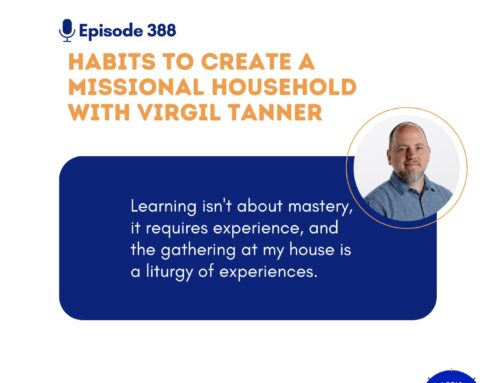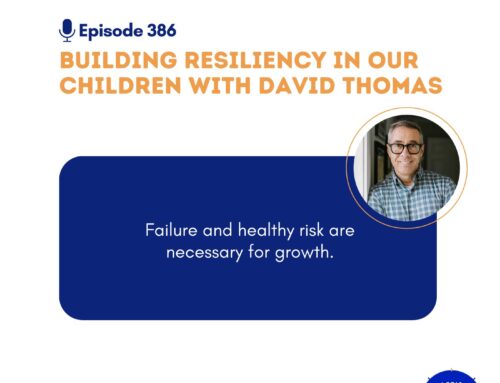Powered by RedCircle
A few years ago I began to craft my ideal week. While it never goes according to plan, the practice has radically increased my fruitfulness and decreased my stress. Today I share with you the benefits of crafting your ideal work week as well as the process for creating your own.
Scheduling Your Ideal Work Week:
First off, before beginning your schedule, take a few minutes to write out your long term goals for a fruitful and joy filled life.
For me those would include:
- An ever-growing relationship with Jesus
- A body that is functional and not in chronic pain
- A mind that stays curious and sharp
- A deepening love and joy in my life and partnership with my wife
- Intentional time with my children and friends
- Joyful life with the church
- Faithful and fruitful work
Next, write out a Monday-Sunday calendar. Break up the day into these 6 sections: Early Morning, Late Morning, Early Afternoon, Late Afternoon, Early Evening, Late Evening.
Now, fill-in the absolute fixed points of your schedule that you don’t control the time of.
Next, fill in the time slots that are an investment in those long term goals you listed before starting your calendar. For instance, each Early Morning I have slotted a time that is called Morning Startup. This includes a time for a long walk and prayer time, reading the word, quickly journaling about yesterday, and my hygiene time. I know this time will also include helping get the kids ready for school. There’s also a date night blocked, a family sabbath dinner, and a time for personal projects.
Now, aim to block off chunks of 2-3 hour blocks for deep work or batched work (these are tasks that can be done much quicker if grouped together, like emails, chores, or phone calls). I’ve learned is that in a 40 hour work week, if I can get 12-15 hours of uninterrupted deep work, I can really thrive at completing all that’s required of me besides the people interactions. So I block those deep work times in 3 hour chunks through the week.
For more details, listen to the podcast! Additionally you might benefit from checking out Michael Hyatt’s explanation in my resources mentioned section below. This is where I learned the practice.






